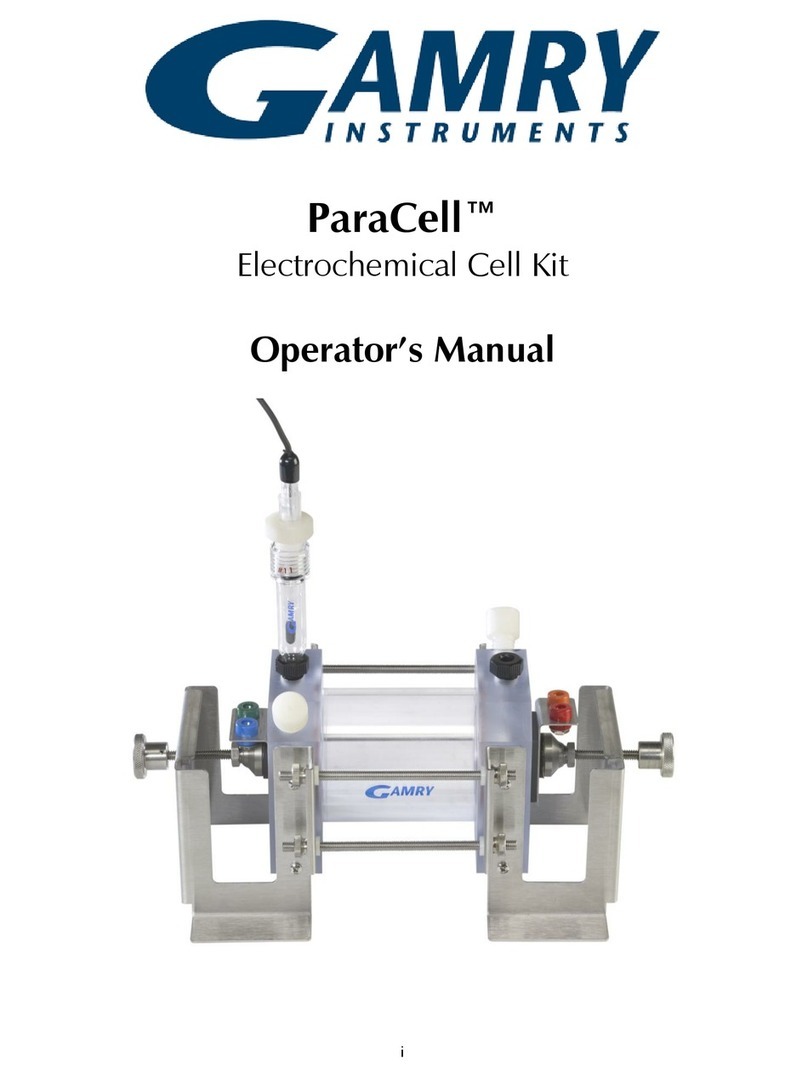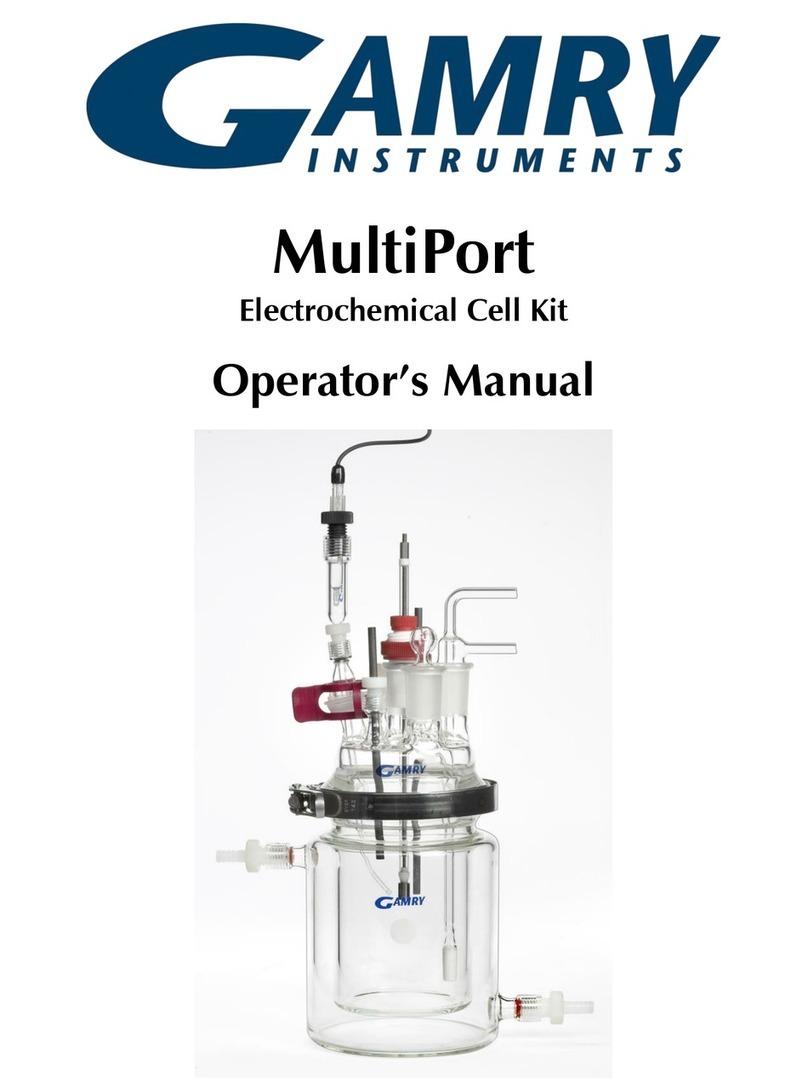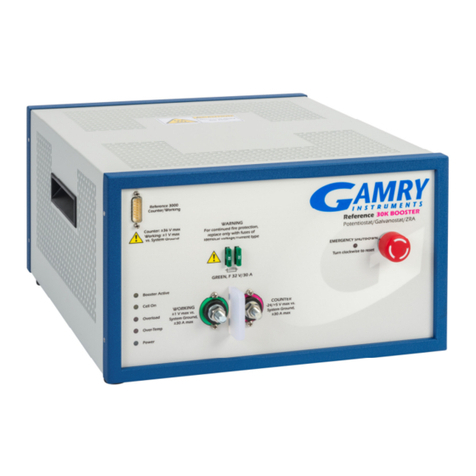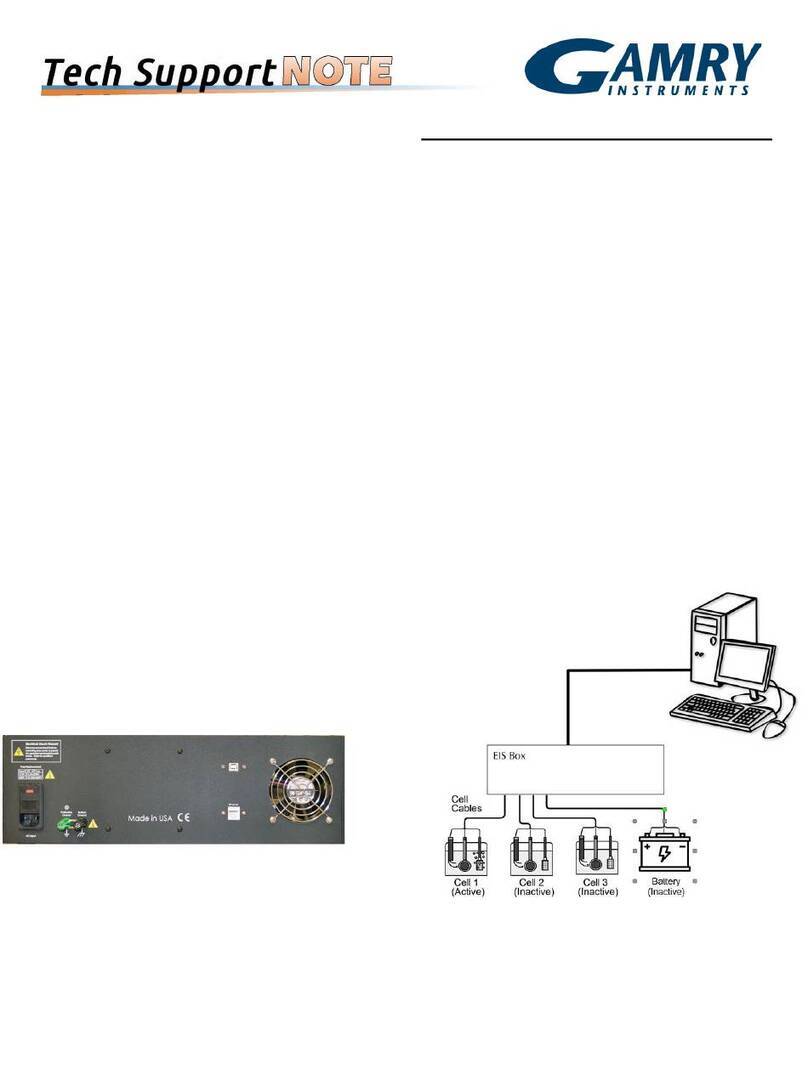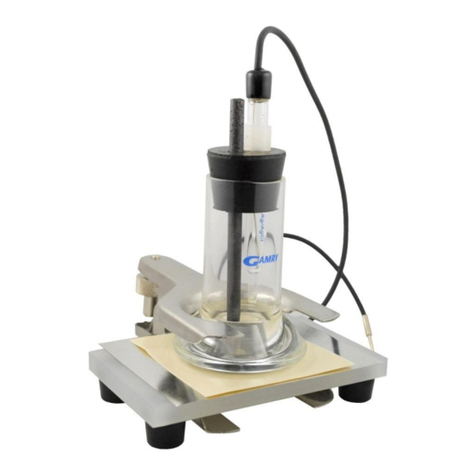
Table of Contents
6
Low I Range DC Calibration .................................................................................................................. 38
Cable Calibration .................................................................................................................................. 39
Procedure to calibrate the cable .................................................................................................... 40
Chapter 6: Cell Connections ......................................................................................................................... 43
Cell Cable Overview ............................................................................................................................. 43
Ancillary Apparatus ....................................................................................................................... 43
AE Connections ............................................................................................................................. 43
Fuses in the Cell Cable .......................................................................................................................... 43
Normal Cell Connections ...................................................................................................................... 43
ZRA Mode Cell Connections ................................................................................................................. 45
Stack Mode Cell Connections ................................................................................................................ 46
Membrane Cell Connections ................................................................................................................. 46
Fuses in the Cell Cable .......................................................................................................................... 47
In-line Fuse-Holders and Fuses ...................................................................................................... 47
Fuses Located in the Cable Hood .................................................................................................. 48
Testing For Open Fuses ................................................................................................................. 50
Chapter 7: Panel Indicators and Connectors .................................................................................................. 53
Front Panel ........................................................................................................................................... 53
Counter/Working Connector ......................................................................................................... 53
Sense Inputs Connector ................................................................................................................. 54
Power LED .................................................................................................................................... 54
USB LED ....................................................................................................................................... 56
Cell On LED .................................................................................................................................. 56
Overload LED ............................................................................................................................... 56
Rear Panel ............................................................................................................................................ 58
Power In Jack ................................................................................................................................ 58
Power Switch ................................................................................................................................ 59
Chassis Ground ............................................................................................................................. 60
USB Port ....................................................................................................................................... 60
Thermocouple Input ..................................................................................................................... 61
Misc. I/O Connector ...................................................................................................................... 61
I Monitor BNC .............................................................................................................................. 62
E Monitor BNC.............................................................................................................................. 63
Ext. Sig. In BNC ............................................................................................................................. 63
Sig Gen. Out BNC ......................................................................................................................... 64
Aux. In BNC .................................................................................................................................. 64
Expansion Interface ....................................................................................................................... 64
Chapter 8: Auxiliary Electrometer Option ...................................................................................................... 65
Overview .............................................................................................................................................. 65
AC Performance and CMRR .................................................................................................................. 65
Experiments .......................................................................................................................................... 66
Connections Using Standard Cables ...................................................................................................... 66
Connections Using Custom Cables ........................................................................................................ 67
AE Specifications ................................................................................................................................... 67
Chapter 9: Stability in Potentiostat Mode ...................................................................................................... 69
Capacitive Cells and Stability ................................................................................................................. 69
Improving Potentiostat Stability ............................................................................................................. 69
Chapter 10: Measurement of Small-current Signals ........................................................................................ 73
Overview .............................................................................................................................................. 73
Description of the Problem ................................................................................................................... 73
Measurement System Model and Physical Limitations ............................................................................ 73
Johnson Noise in Zcell ................................................................................................................... 74

